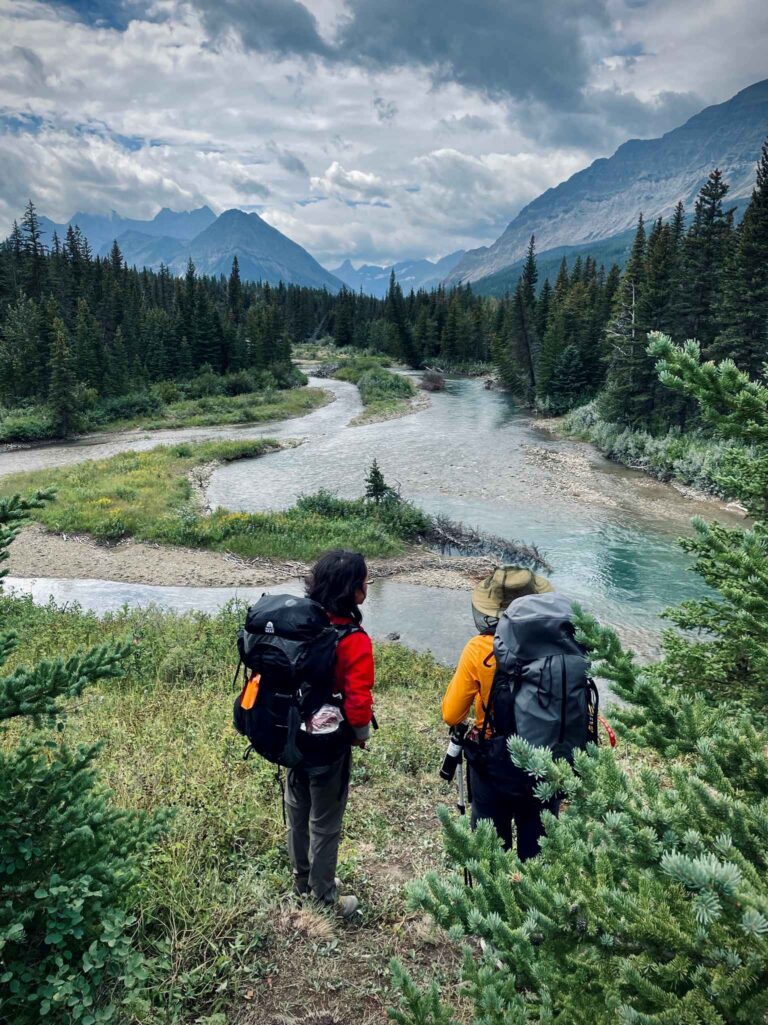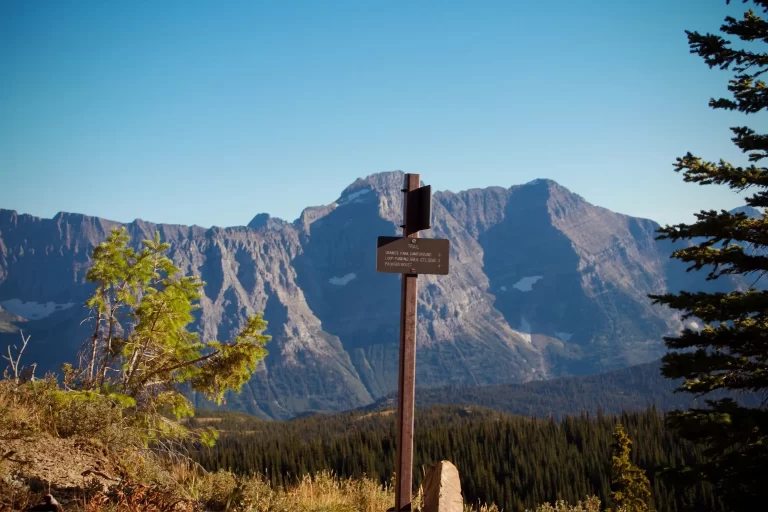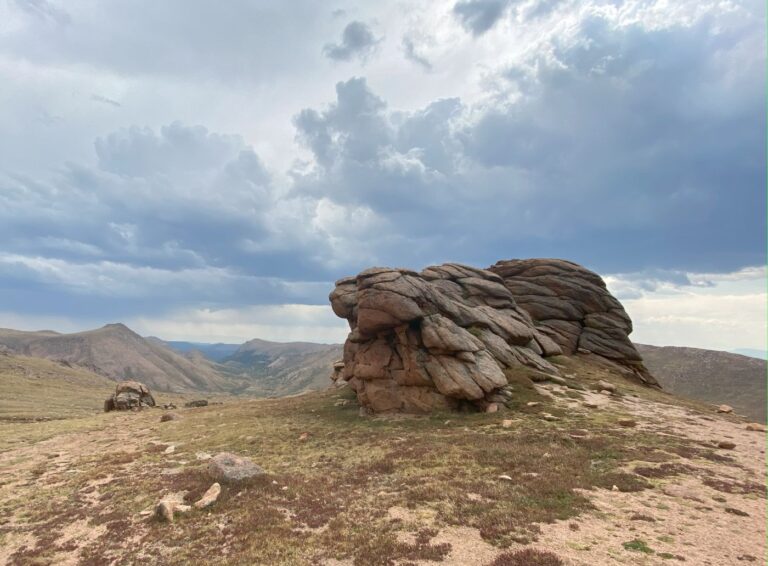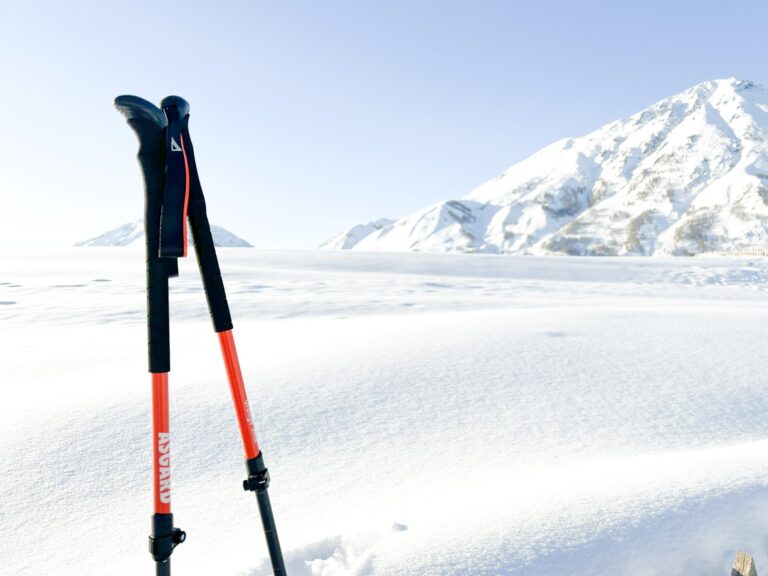When we go mountain climbing, we want to walk briskly and steadily. A pair of reliable trekking poles is indispensable.
Trekking poles can be useful in various environments: on flat ground and well-maintained trails, they can help maintain a steady pace; in soft snow, they not only provide support but also can be used to probe the conditions beneath the snow surface; especially when climbing uneven terrain, they can share the load on our legs.
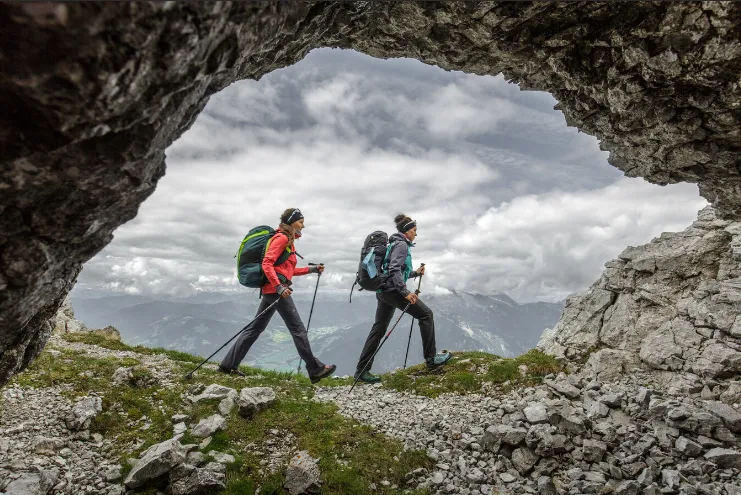
Is it better to use a single trekking pole or two?
It is recommended to use carbon fiber trekking poles. The advantage is lightweight, durable and folding. Order today!
When you use two poles, you can better utilize the muscles in your upper body and further reduce the load on your legs and hip joints.
On the contrary, when walking with a single pole, your body tends to lean towards the side holding the pole, causing an imbalance in force and instability, which increases the risk of injury.
Moreover, if you don’t frequently switch hands when using a single pole, the muscles in your shoulders will quickly become sore.
Using two poles can relatively reduce the load on your body while walking and provide more stable support. When going downhill, using two poles allows you to maintain at least three points of contact with the ground, enhancing your body’s stability.

The usage method of wrist straps
First, straighten the wrist strap, then insert your wrist from the bottom of the wrist strap and hold the handle of the trekking pole.
After putting on the wrist strap, place your hand lightly on the handle. Do not grip the pole too tightly, as this can effectively distribute the weight of your body.
Keep your wrist, the wrist strap, and the tip of the pole firmly fixed together. This not only ensures the stability of the pole but also maximizes the effectiveness of the wrist strap.
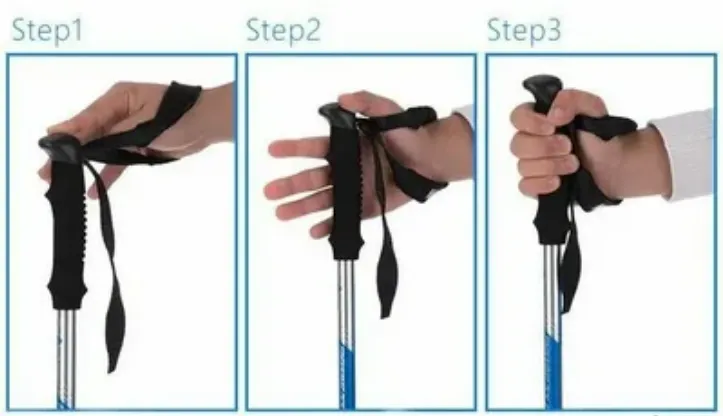
When walking, using the wrist strap correctly can enhance the stability of the downward force when using the trekking pole.
Trekking poles are designed for left and right hands, and the wrist straps usually have corresponding markings. Due to the different postures of the wrists, only by wearing them properly can the wrist and the wrist strap fit more closely.
The length of the trekking poles should be adjusted flexibly
- Not only should the wrist straps be adjusted properly, but also the length of the trekking poles should be set appropriately.
- After standing straight, let your hands holding the pole grips naturally hang down. The tip of the pole should just lightly touch the ground. The length of the trekking pole should be adjusted so that the angle between the elbow joint, wrist joint and the pole grip is 90 degrees.
- Adjusting the length of the trekking poles properly can effectively share the load of your body and reduce the impact and damage to the knee joints and other parts.

- When walking on flat ground, the tip of the pole should not exceed the front toe, so that the trekking poles can play the role of pushing forward.
- When climbing steep slopes, the length of the trekking poles should be adjusted shorter. On downhill sections, it is the opposite, and the trekking poles should be adjusted longer.
Whether going uphill or downhill, the angle between the elbow joint and the pole grip should be kept at 90 degrees.

Trekking pole tips
- When using trekking poles, try to avoid placing the support points on uneven ground to prevent slipping and loss of balance due to force.
- Do not use trekking poles on rocky cliffs or ridges. If the tip of the pole gets stuck in a crevice or you need to hold onto a rock, using trekking poles can actually cause danger.
- Remember that keeping both hands free at all times is a fundamental principle of safe hiking.
- When not in use, retract the trekking poles to their shortest length and store them in your backpack to avoid injuring others.
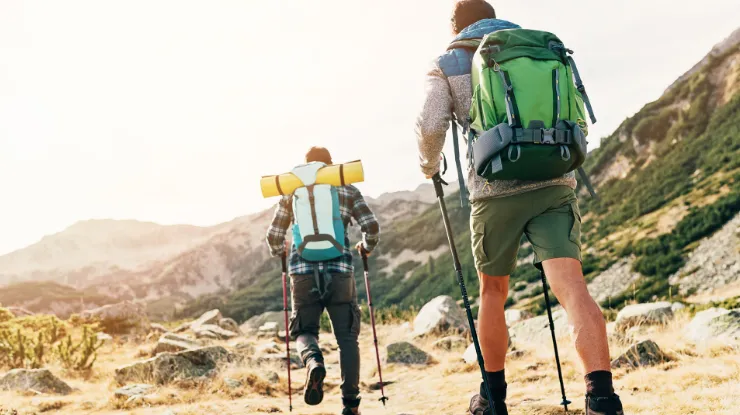
Hiking poles are one of the indispensable equipment for mountain climbing and hiking, but many mountain enthusiasts overlook their functions.
Using hiking poles correctly can reduce the weight borne by the knee joints by 22%, lower physical energy consumption by 30%, effectively protect your knees, prevent injuries, and make mountain climbing and hiking more comfortable and pleasant.
References:
- Jeffrey L. Marion; Teresa A. Martinez; Robert D. Proudman (Spring 2001). “Trekking Poles: Can You Save Your Knees – and the Environment?“
- Tschentscher M, Niederseer D, Niebauer J (January 2013). “Health Benefits of Nordic Walking: A Systematic Review”


